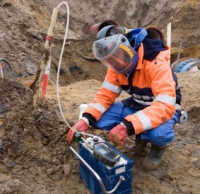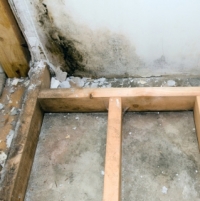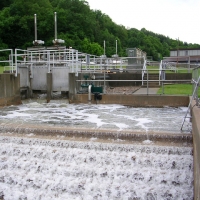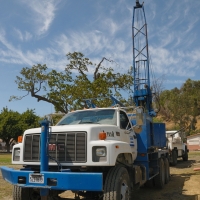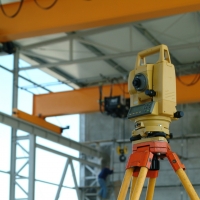Seismic Investigations
Wed, Oct 14, 2009This topic includes information related to seismic investigations performed prior to construction. Seismic investigations survey soil stability to understand soil composition, solidity and quality in addition to determining the depth of soil layers, bedrock and water table. The results define the suitability of land for development, volume of excavation, and structural requirements.



